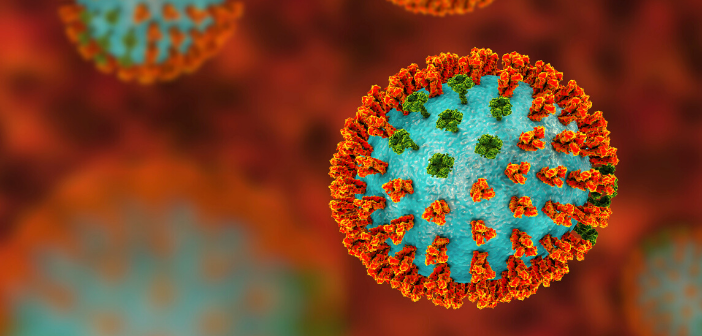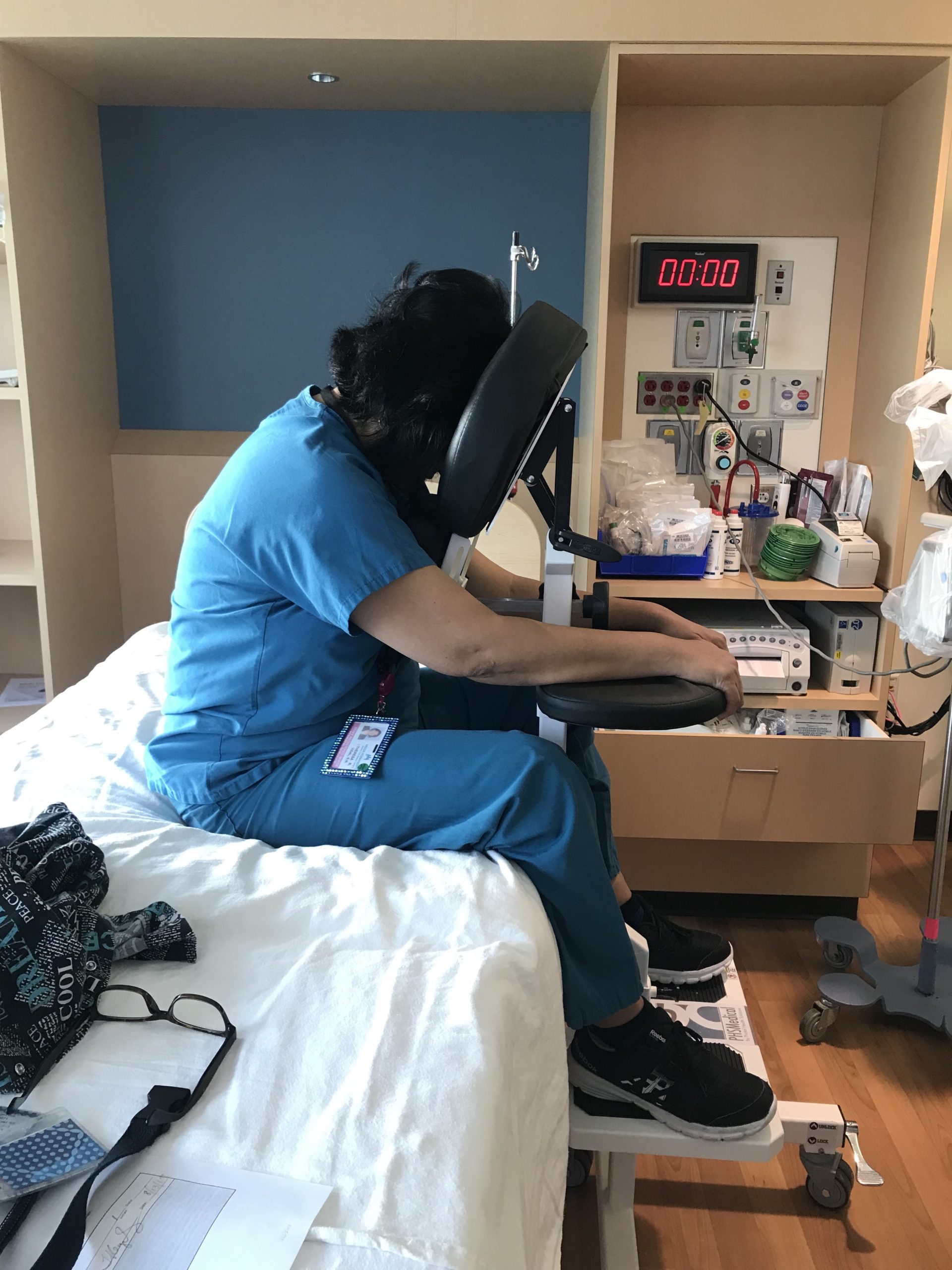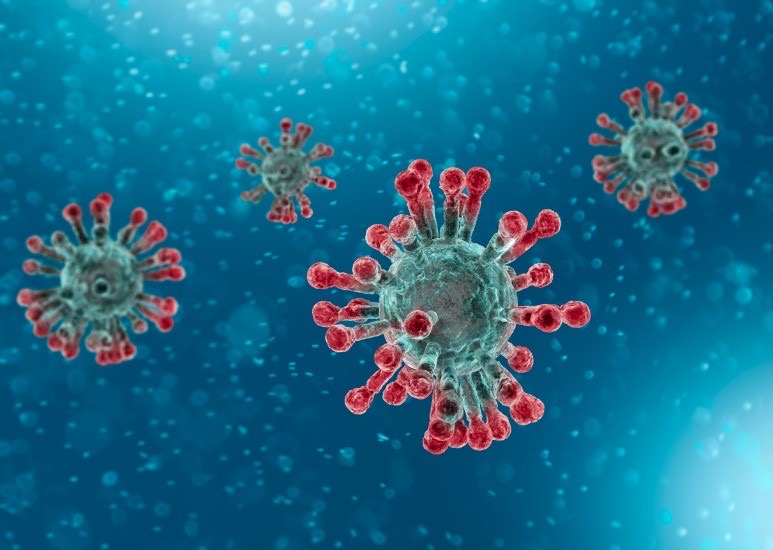The Coronavirus is impacting all levels of our society. It has been extremely challenging for hospitals and clinical staff. COVID-19 is especially affecting patients, doctors and nurses in labor and delivery units. It is also very hard on anesthesiologists in general surgery trying to perform spinal blocks. Even with personal protective equipment (PPE) nurses and doctors are having to practice and maintain safe distance from their patients. There have been instances where patients have contracted COVID-19 from labor and delivery units which is very sad. The epidural positioning device (EPD) is one piece of equipment that is very helpful and can ensure that safety is a priority during these difficult times.
protective equipment (PPE) nurses and doctors are having to practice and maintain safe distance from their patients. There have been instances where patients have contracted COVID-19 from labor and delivery units which is very sad. The epidural positioning device (EPD) is one piece of equipment that is very helpful and can ensure that safety is a priority during these difficult times.
The Dangerous Scenario
Mothers who are expecting and patients in need of a epidural or spinal block must be in a certain  position so that the anesthesiologist can safely and correctly insert a needle into their spine. During the Coronavirus epidemic this positioning can be dangerous to both the patient and the nurse and medical staff because it is normally a very hands on approach. The scenario looks like this: The patient must be bent over in a “mad cat” position where her back is arched. Many times the nurse will have the patient sit with her feet over the side of her bed and give her a stack of pillows to hold onto while she leans forward. The nurse will then place a stool down for the patient’s feet to rest on. Then, the nurse will secure the stool with her knees and feet to prevent it from moving while she holds onto the patient. The nurse must help ensure that the patient stays in a static position and must help support her body weight during the procedure. This involves a lot of touching and breathing in close proximity. In some cases nurses have been asked to hug the patient to keep them from moving. Even if the nurse and patient are wearing personal protective equipment, it can still be very dangerous. The PPE can move, tear or come off.
position so that the anesthesiologist can safely and correctly insert a needle into their spine. During the Coronavirus epidemic this positioning can be dangerous to both the patient and the nurse and medical staff because it is normally a very hands on approach. The scenario looks like this: The patient must be bent over in a “mad cat” position where her back is arched. Many times the nurse will have the patient sit with her feet over the side of her bed and give her a stack of pillows to hold onto while she leans forward. The nurse will then place a stool down for the patient’s feet to rest on. Then, the nurse will secure the stool with her knees and feet to prevent it from moving while she holds onto the patient. The nurse must help ensure that the patient stays in a static position and must help support her body weight during the procedure. This involves a lot of touching and breathing in close proximity. In some cases nurses have been asked to hug the patient to keep them from moving. Even if the nurse and patient are wearing personal protective equipment, it can still be very dangerous. The PPE can move, tear or come off.
How Does an Epidural Positioning Device Help?
The epidural positioning device helps  improve patient and staff safety. The EPD takes the place of a nurse holding onto a patient in an operating room, pre-op or labor and delivery unit while the anesthesiologist performs the epidural. The use of the device prevents contact with the patient which is not a good practice during the COVID-19 crisis. The device is stand-alone and has a head cushion, chest pad, arm rests and foot plates. It is stable and allows the patient to be secure and safely positioned so the anesthesiologist can inject the epidural.
improve patient and staff safety. The EPD takes the place of a nurse holding onto a patient in an operating room, pre-op or labor and delivery unit while the anesthesiologist performs the epidural. The use of the device prevents contact with the patient which is not a good practice during the COVID-19 crisis. The device is stand-alone and has a head cushion, chest pad, arm rests and foot plates. It is stable and allows the patient to be secure and safely positioned so the anesthesiologist can inject the epidural.
Two Types of Epidural Positioning Devices
There are two types of epidural positioning devices. There is the original, manual version and the newer, electric epidural positioning device (E-EPD). The E-EPD has a more ergonomic design that is curved and can comfortably position patients up to 600 pounds. It has buttons to push for electric movement of its parts. The head rest and footplate can be adjusted to the correct heights with the push of a button. The wheels can be locked and unlocked electronically. The arm rests and chest pad can also be electronically adjusted.
During this stressful COVID-19 pandemic doctors, nurses and patients can use all of the safety and comfort they can get. The SPH Medical epidural positioning device is the answer to this challenging situation. The epidural positioning devices actually provide more comfort, stability and safety to expecting mothers requiring epidurals and surgical patients requiring spinal blocks. The EPD provides ideal patient positioning which in turn helps facilitate the anesthesiologist’s needle placement. The use of an EPD is safer for all because there is much less contact required from nurses. PPE is important, but it doesn’t remove the risk of manually handling patients. The EPD is both a COVID-19 essential solution and a long term standard of care that most major hospitals are deploying.
Contact SPH Medical for more information:
-
- By Telephone: 1-844-377-4633
- By email: info@sphmedical.com
- Request a quote!


